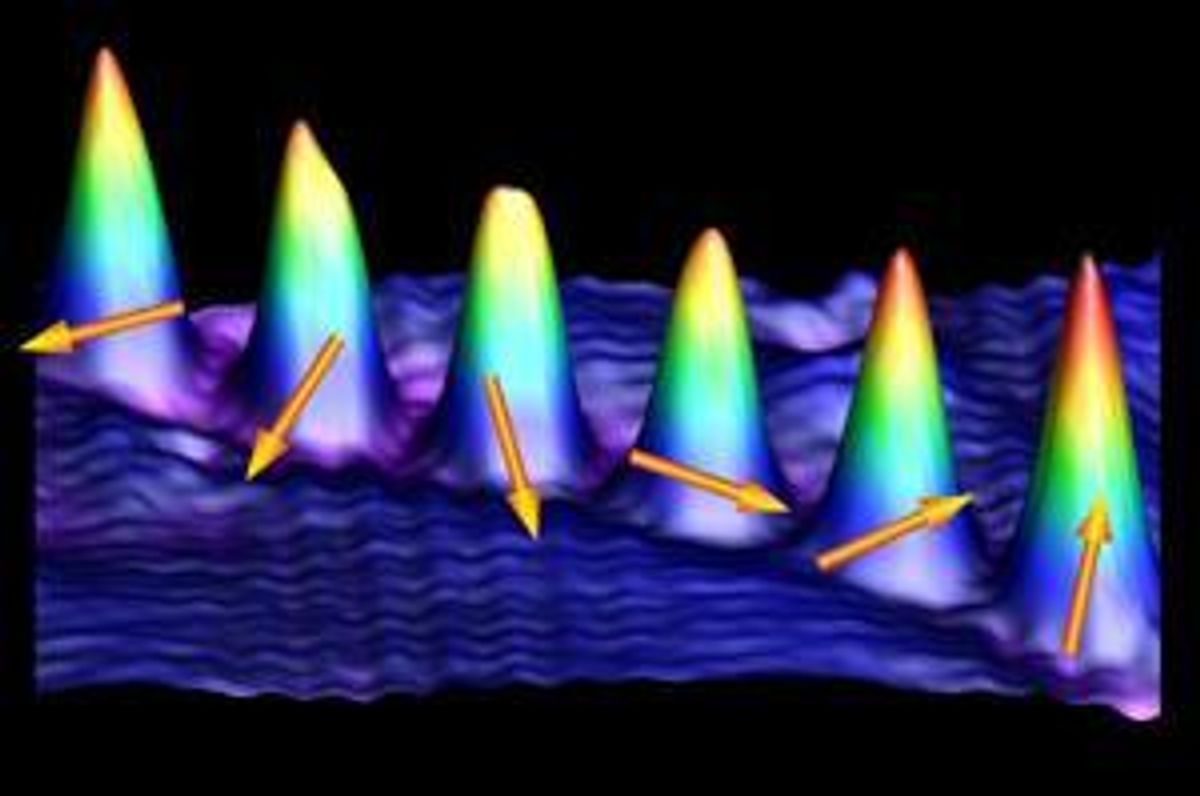One of the biggest commercial applications of spintronics in computing to date has been the use of giant magnetoresistance (GMR), the material phenomenon that makes possible the huge storage capacity of today’s hard disk drives.
In the awarding of the 2007 Nobel Prize in Physics, GMR was cited as the first big commercial application for nanotechnology. But extending the commercial application of spintronic-enabled systems beyond read heads for HDDs has proven to be a difficult task. One need only look at the seemingly endless travails of NVE Corporation, which in its financial results still shows it greatest revenue growth in contract research as opposed to product sales.While recent research from a team of researchers at Ohio State University and the University of Hamburg in Germany may not turn around the fortunes of spintronics in the short term, it does provide a way to better characterize the spin of electrons and thereby promises better ways of exploiting it for electronics applications.
The researchers are reporting in Nature Nanotechnology that they have for the first time been able to create images of the spin direction of electrons.
"Different directions in spin can mean different states for data storage," said Saw-Wai Hla. "The memory devices of current computers involve tens of thousands of atoms. In the future, we may be able to use one atom and change the power of the computer by the thousands."
Dexter Johnson is a contributing editor at IEEE Spectrum, with a focus on nanotechnology.




